Simplified personalized learning with AI
Hapara
JANUARY 10, 2024
? Listen to an audio version of this post: [link] As educators, we’re dedicated to creating learning environments that cater to the diverse needs of our learners. In today’s educational landscape, personalized learning has emerged as a key strategy to address individual learner profiles, interests and abilities.

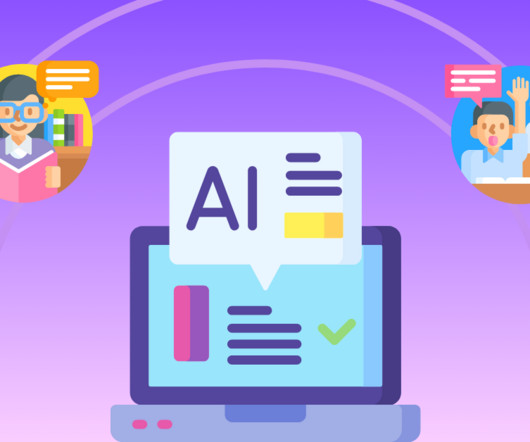
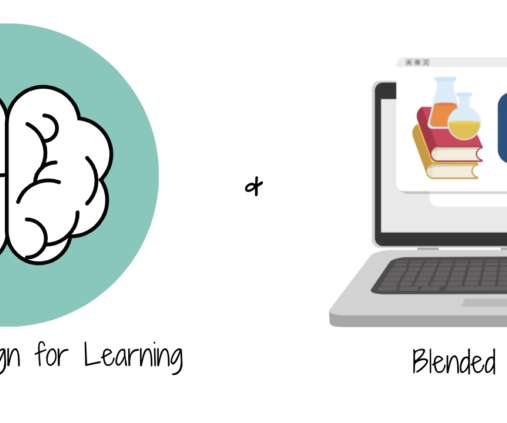
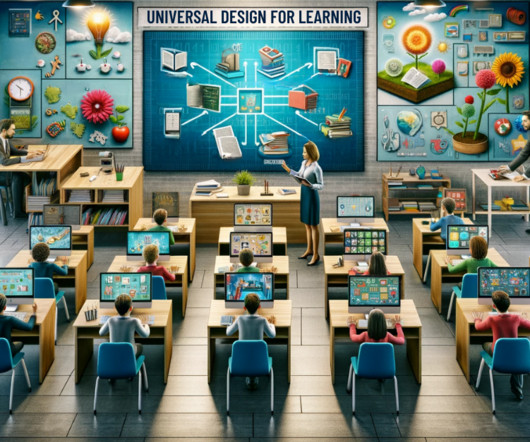



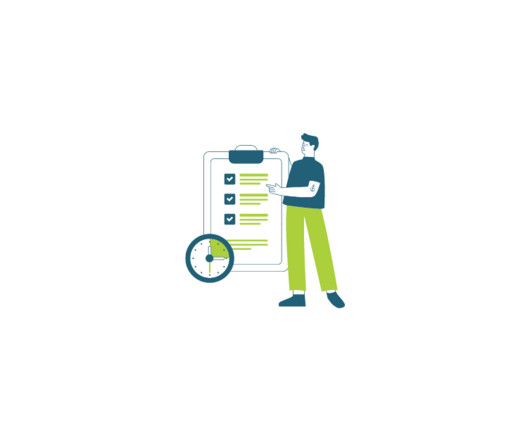
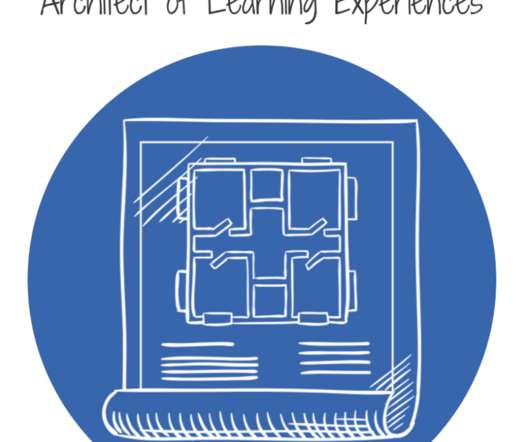
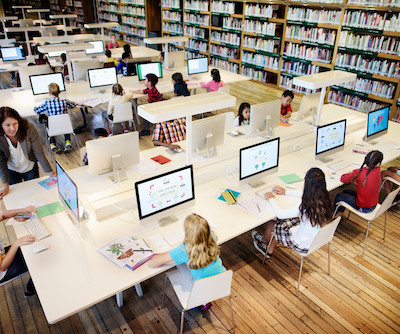
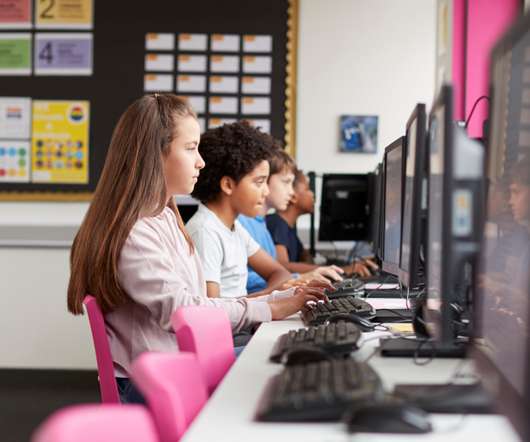
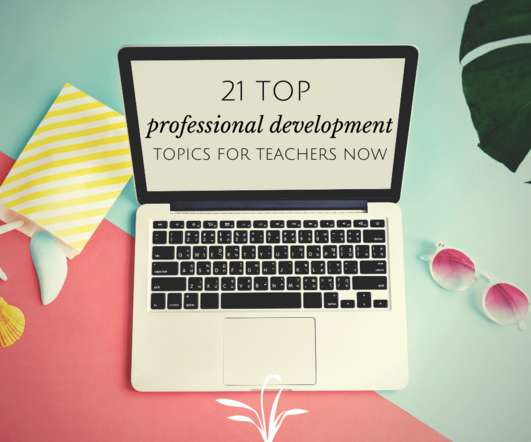

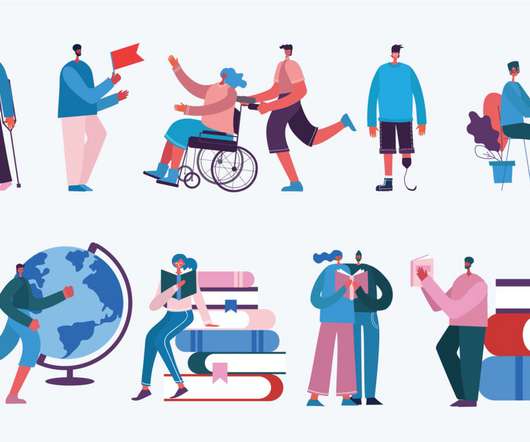


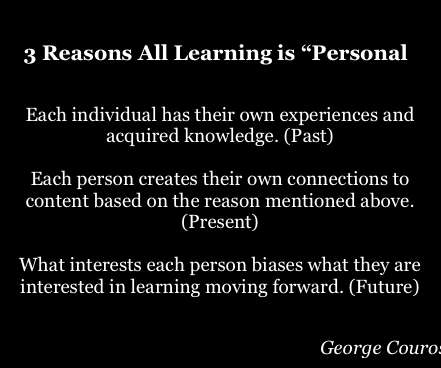
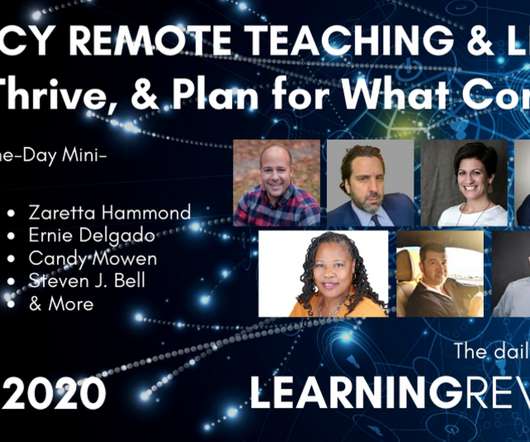
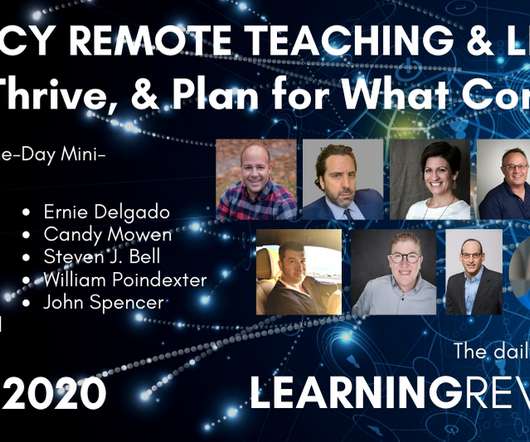









Let's personalize your content